Google is quietly shaking up product testing. The company plans to pick a small group of dedicated enthusiasts to try unreleased hardware before it hits the market, a move that tilts the process from purely internal trials to community input, as reported by Bloomberg.
The timing is telling. Google’s devices live under a magnifying glass in a crowded smartphone scene where Pixel phones consistently rank among the most leaked devices annually. The company is tapping its own superfans, a community that grew to over 45,000 members as of early 2023. That is a ready-made pool of people who already know the products and the responsibility that comes with early access.
What exactly is Google's Superfan testing initiative?
Here is the gist. Google is running a contest inside the Superfan community to select exactly 15 people to test in-development hardware, according to Bloomberg's review of official program documents. This is not casual beta testing, it is designed to collect feedback that will help shape a Pixel phone currently in development.
Applicants are expected to show deep knowledge of the Pixel ecosystem and to offer concrete suggestions for improving the phone lineup. In other words, Google wants everyday experts who can deliver clear, actionable notes.
The effort builds on the Superfan program that launched as an exclusive, invite-only pilot in 2020 and later opened up more broadly. Four years of community building gives Google trust, engagement, and a sense of who consistently provides useful insight. No need to start from zero.
Why the strict security measures matter
Confidentiality is tight for a reason. Selected testers will sign NDAs and keep devices in protective cases that completely disguise their physical appearance at all times. Pixel secrecy has been a running joke in tech circles, and Google is trying to bottle the leaks.
Pixel devices frequently appear in leaks during development. We have seen prototypes photographed in factories or show up for sale months ahead of launch. Leaks spoil reveals, sure, but they also sap launch momentum.
Like other manufacturers, Google uses unique physical identifiers in pre-release units to trace their source if they leak or hit auctions. The disguise cases add another layer of protection. They also raise a practical question. Can testers judge ergonomics or the feel in hand when the phone is hidden inside a bulky shell? That tension between secrecy and honest day-to-day feedback is the rub.
The timing challenge for meaningful feedback
The clock is brutal. Google has not said when selection begins, but timing must be immediate if the company wants feedback to land in the Pixel 11 development cycle.
The next flagship has likely been in development for over a year and needs feature lock months before an anticipated August 2026 release. Hardware hardens as manufacturing nears, so the program can best influence software tuning, minor component choices, or features that do not upend the design.
There is overlap to juggle. The Pixel 10a is expected in spring 2026, which means parallel schedules. Feedback may be most useful at the platform level, improvements that help the whole Pixel lineup, not just one device. Google has also been inviting Superfans to special pre-launch events, so the testing program looks like one piece of a broader, end-to-end community play.
What this means for Google's product strategy
This is a shift in how Google treats users, from customers to collaborators. The Superfan program has grown from invite-only to an open platform in the US, UK, and Germany, a sign that community development is not a one-off stunt.
Members get access to private Q&As with development teams, exclusive events, limited merchandise, and early product access. In return, Google gets insight that can influence future devices. The NDA angle is savvy too. People will not want to lose their coveted Superfan status, which adds social pressure on top of legal terms.
There is a communication shift as well. Google has been sharing device details earlier in development cycles, and community feedback could shape not just the hardware, but how and when the company talks about it.
Where does this experiment lead us?
The Superfan testing program is more than a new beta list. It could be a blueprint for community-driven development at scale. The bet is straightforward — dedicated enthusiasts often surface better insights than traditional focus groups, especially for hardware that needs weeks of real-life use to judge.
It starts with 15 testers. The ideas could ripple across the 45,000 plus member community. Think tiers, with some people focusing on software updates, others on accessories or cross-device behavior. That kind of loop can connect early concept checks to post-launch polish.
Other manufacturers will be watching. If this works, product development will look less like a black box and more like a conversation with the people who care most.
If you want in, joining the Superfan program is free and open to eligible users, though applications can take several weeks to process during enrollment periods. The testing slots are tiny, the community perks and access are not.
The upshot: Google seems to recognize that the company to user relationship is shifting from vendor and customer to collaborators. If this experiment lands, it could change how Google builds Pixels, and maybe nudge the wider industry toward development that listens earlier and more often.




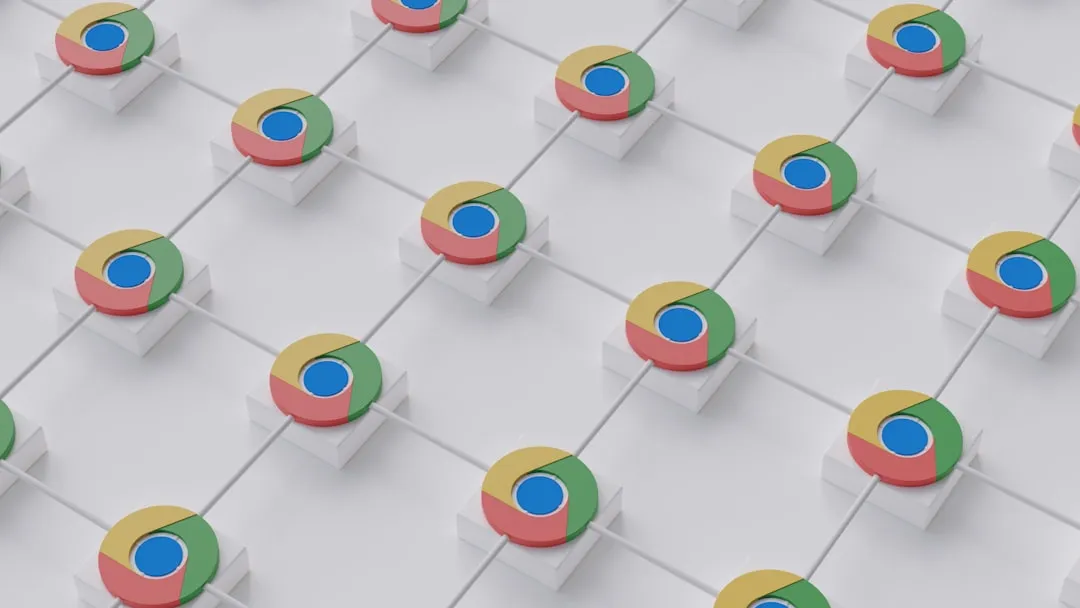


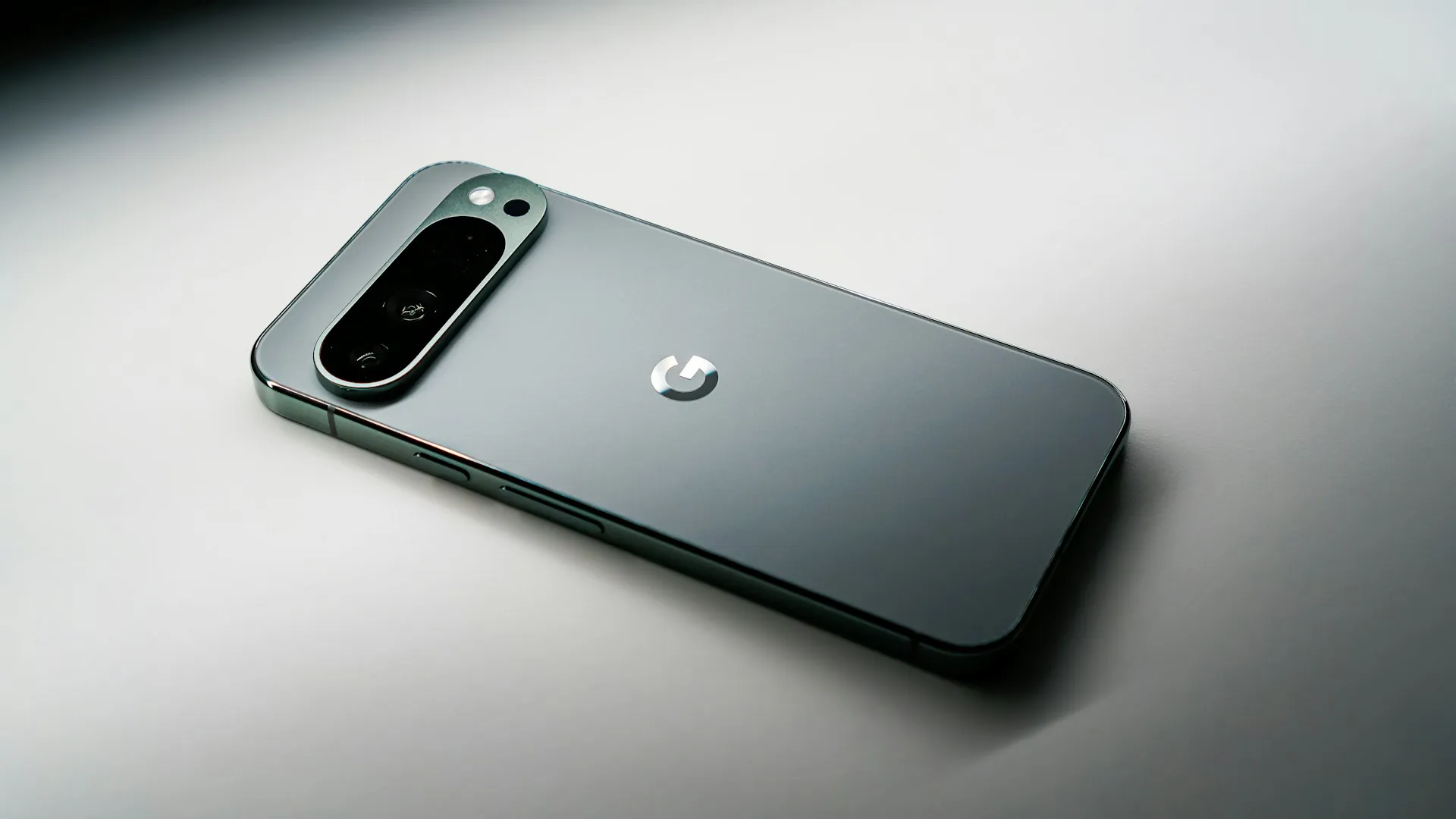
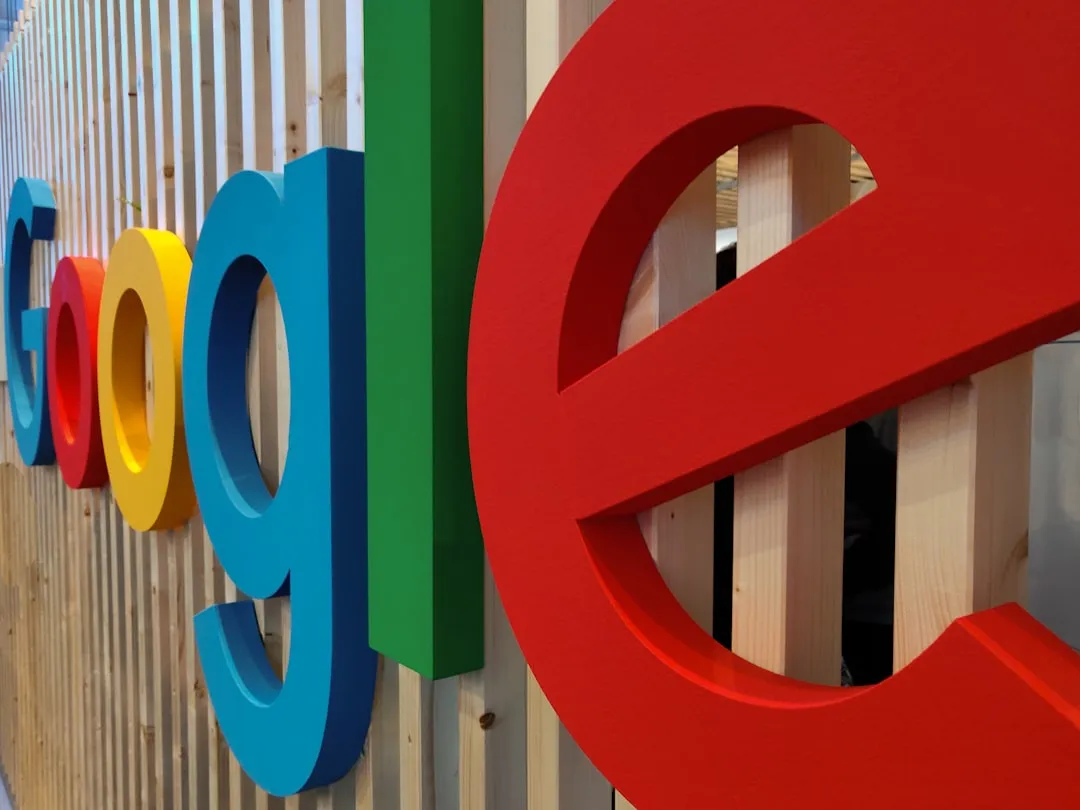


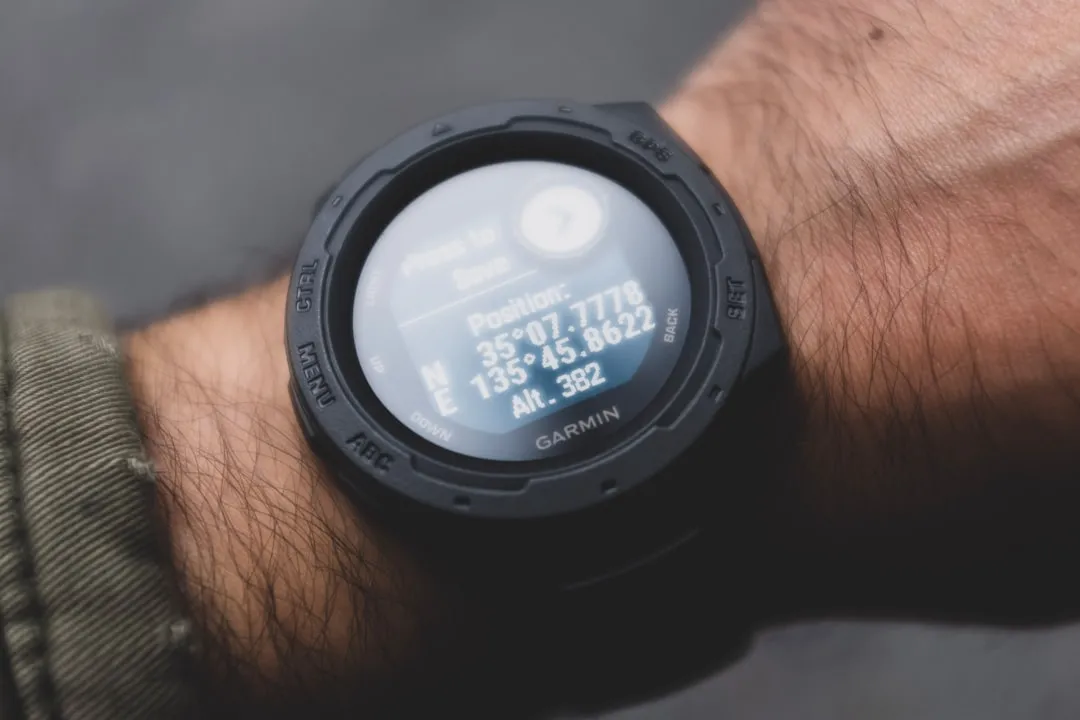
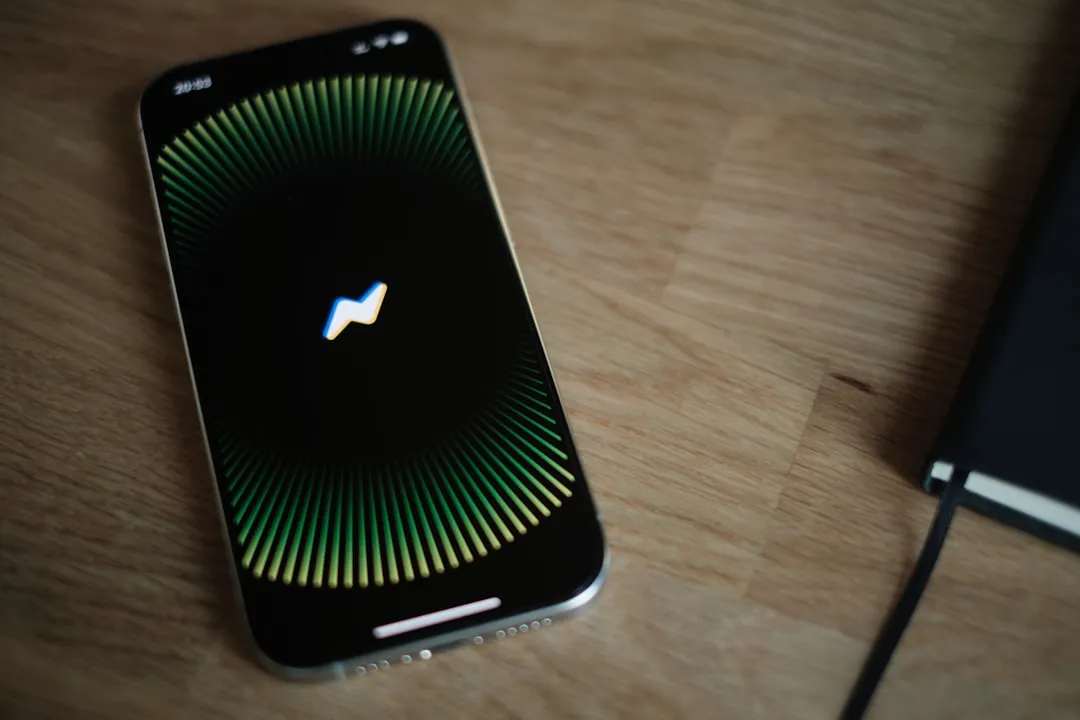

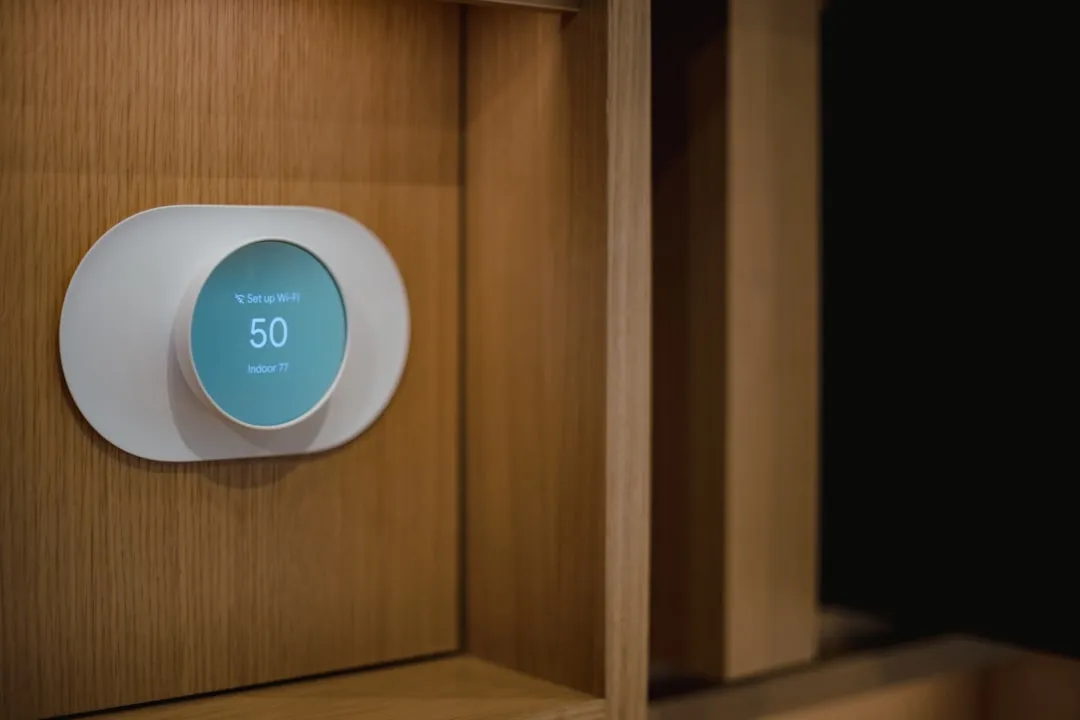

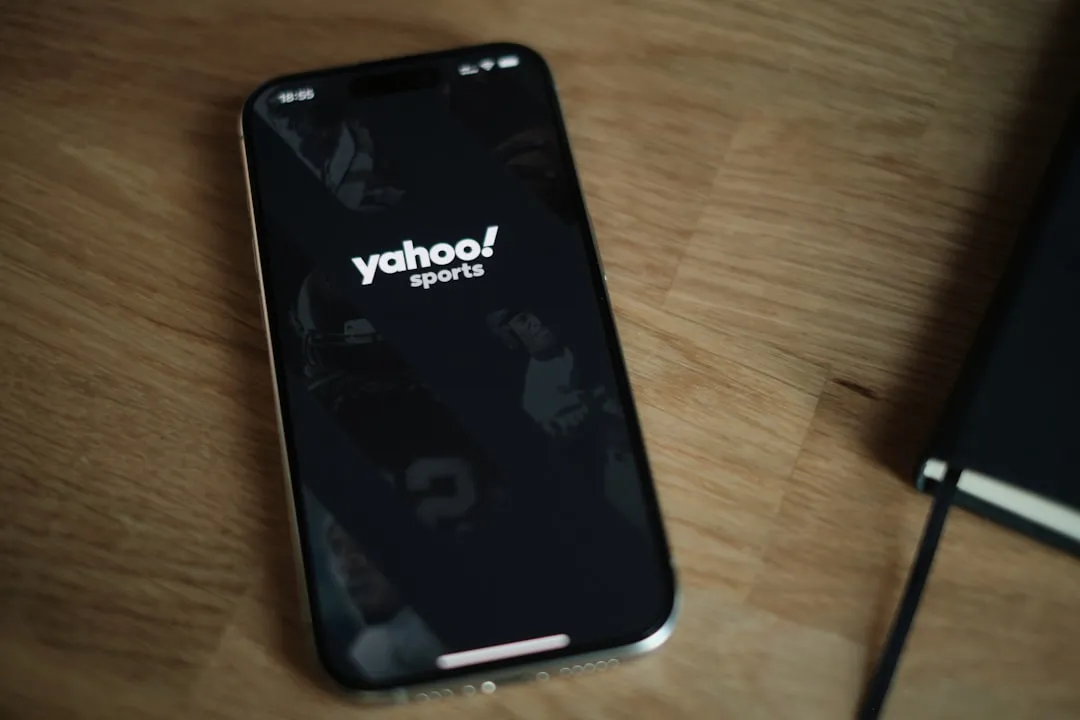
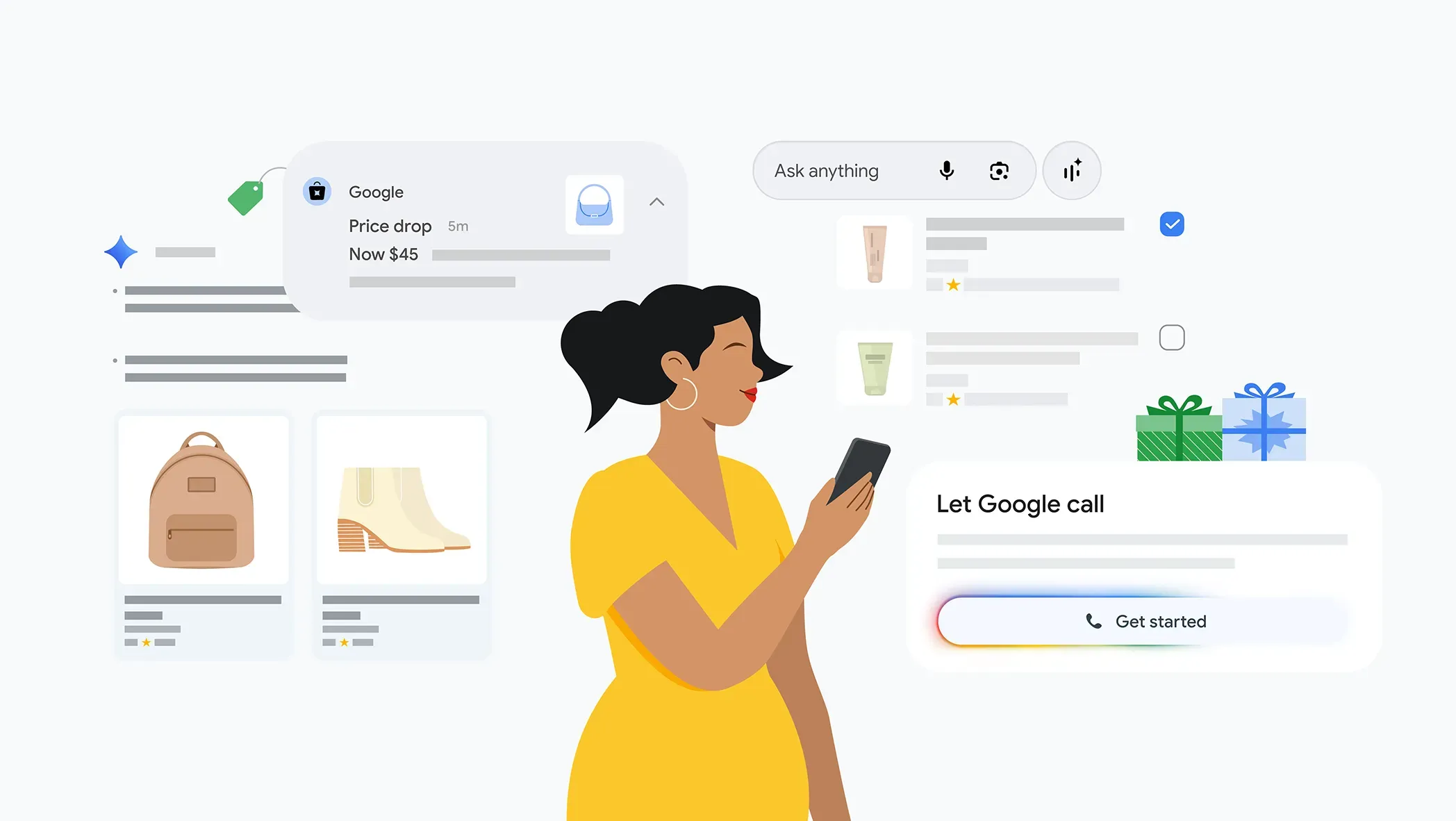
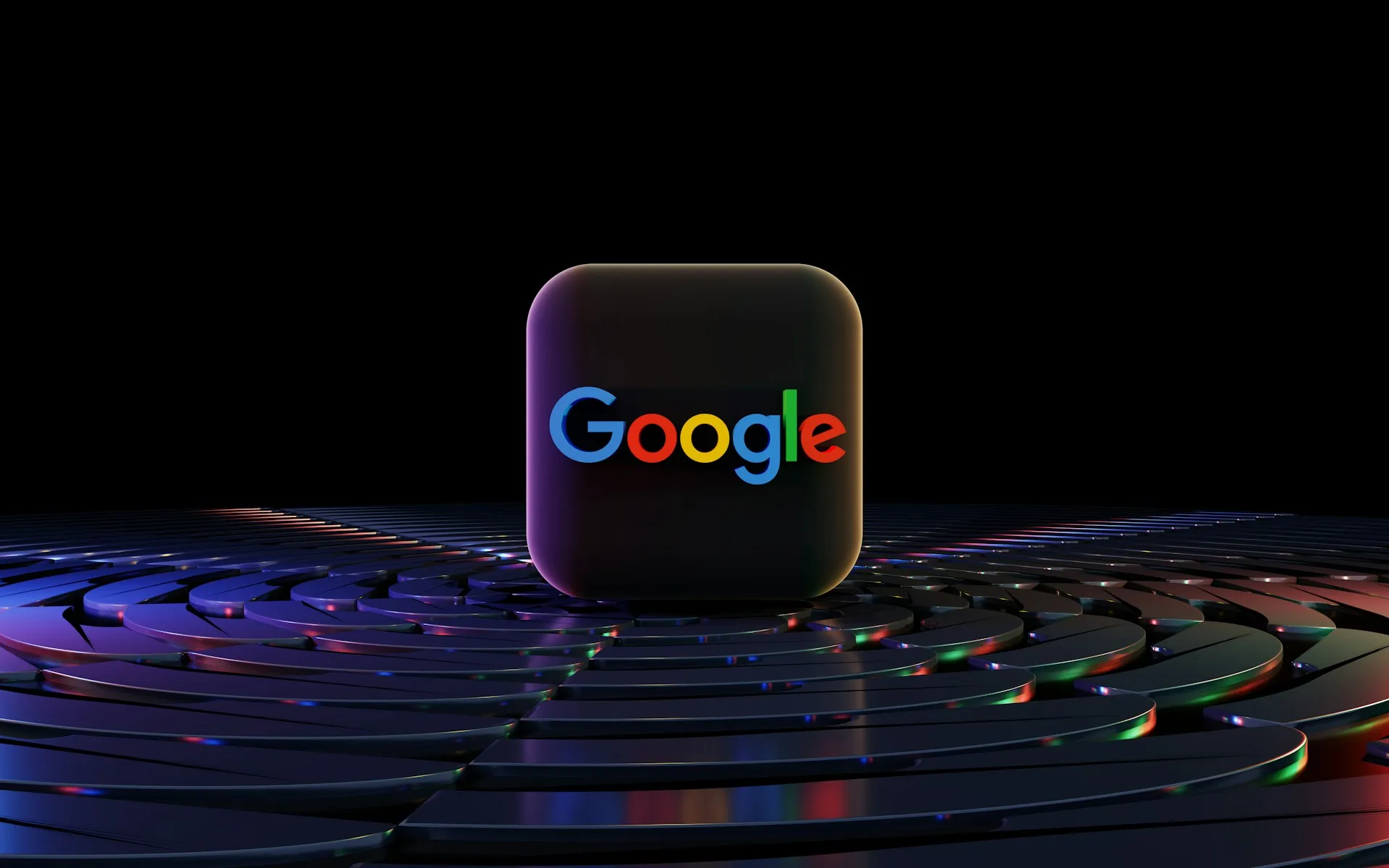
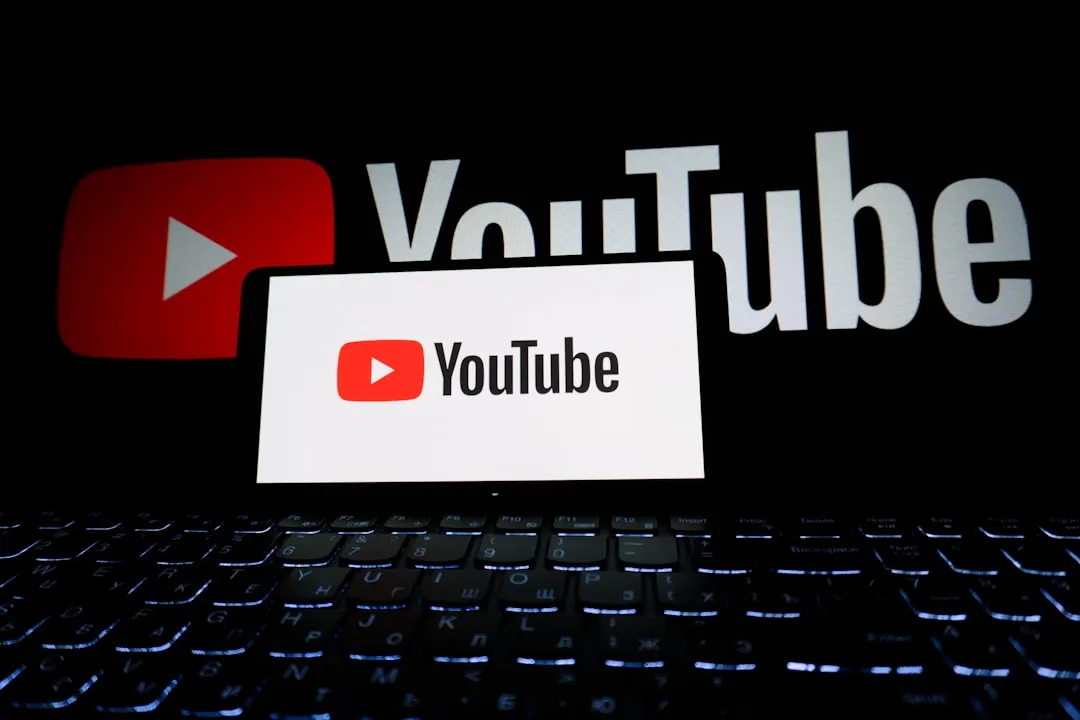
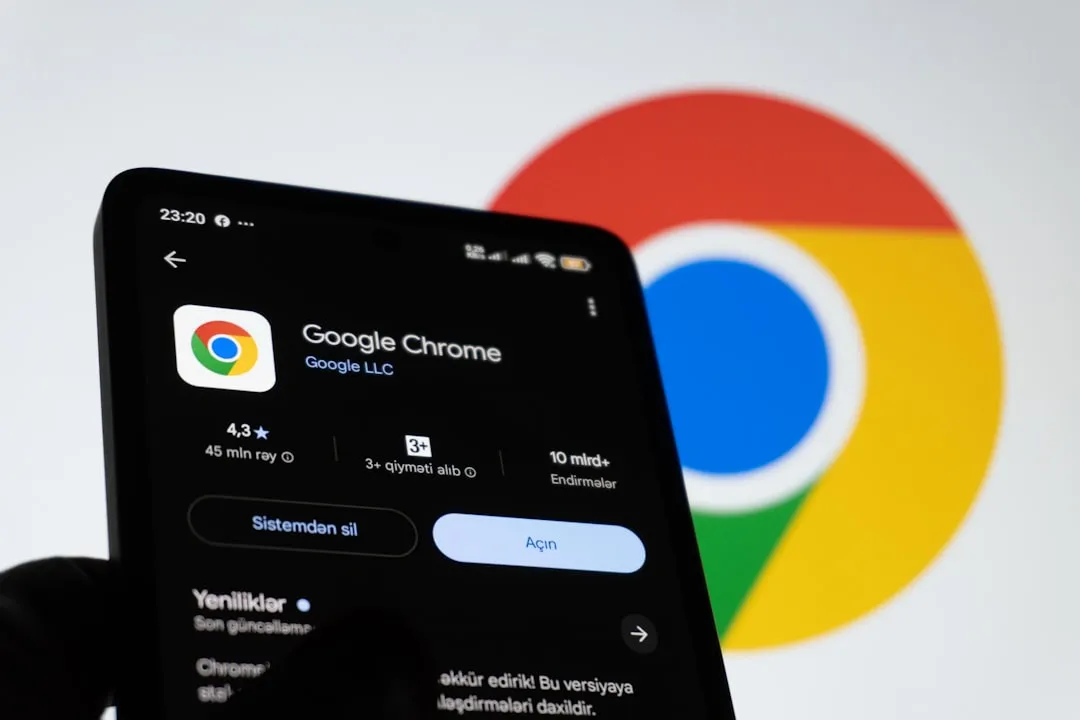
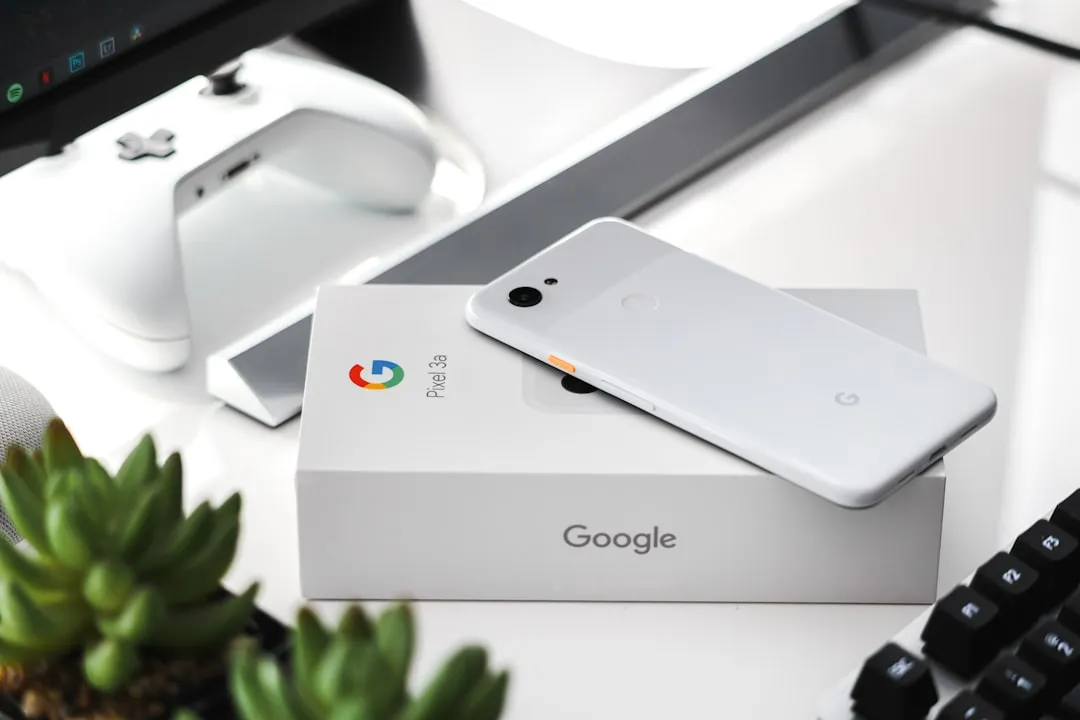
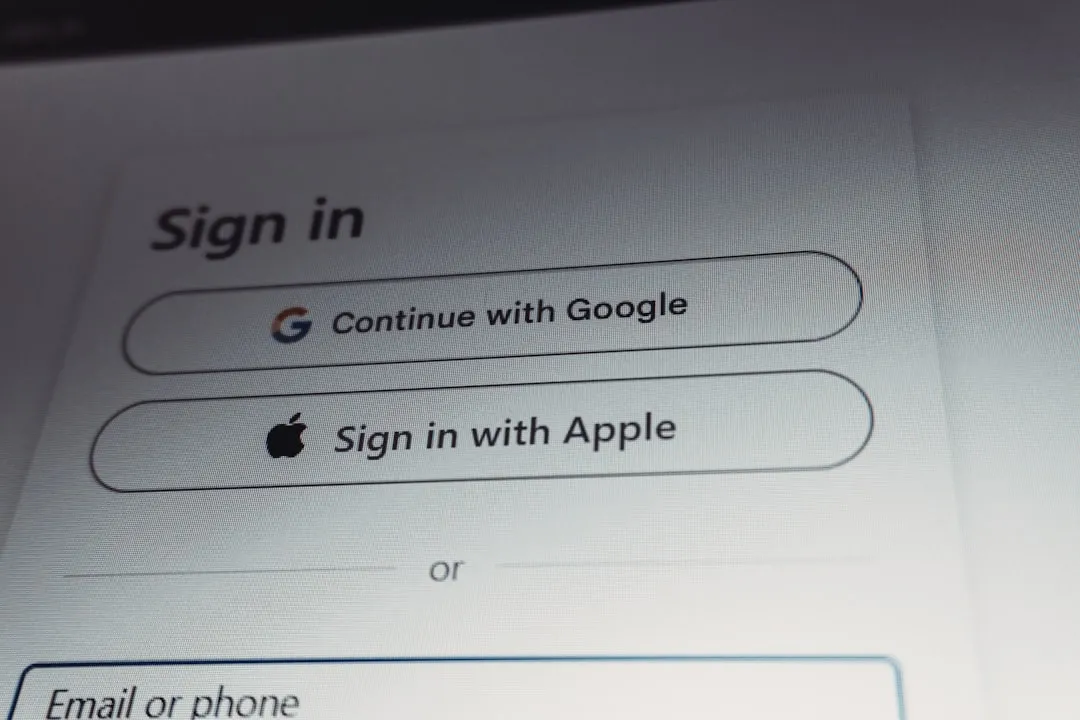
Comments
Be the first, drop a comment!